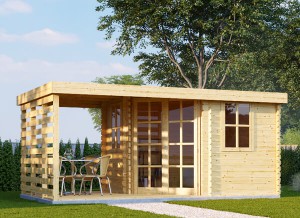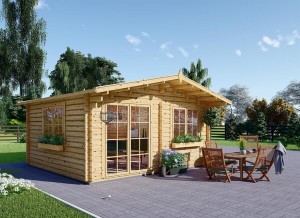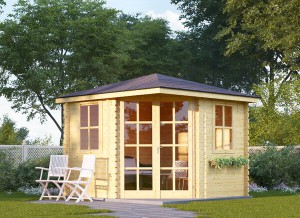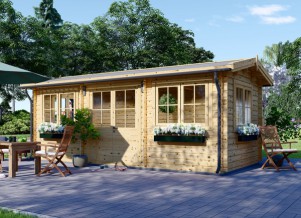Planting corn is not only a great way to improve your physical well-being, but it is also a proven way to enhance your mental well-being. The same goes for other vegetables. Gardening is one way in which you can release the stress that comes from daily activities. Learn how to grow corns both indoors and outdoors in a few easy steps.
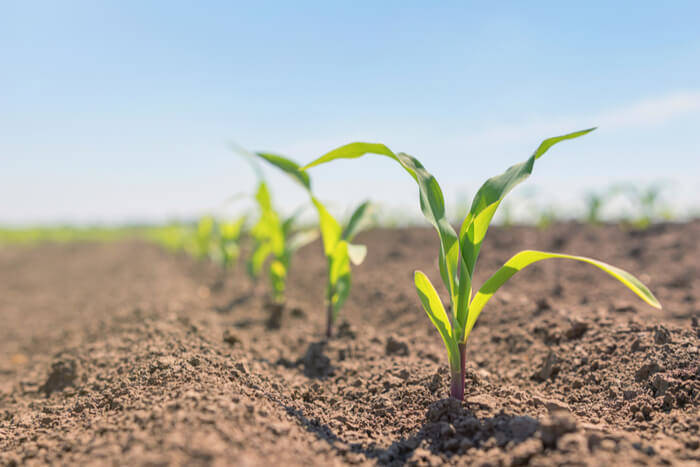
Variety Selection
You need to consider the climatic conditions in your region as you select a suitable variety. You may find that the corn you have in mind does well in a colder or warmer region. The pH of your soil is another thing that you should consider. You can check it through the use of home kits available at garden stores everywhere. If you are unsure of what can do well in your area, you can visit the local nursery where an expert can guide you on the same. If you choose to grow the corns indoors, the climatic conditions will not be much of a problem as you can always alter the existing conditions to best suit the corns.
Here is a quick overview of the corns that you can consider planting. There is the sweet corn which people eat from cans or straight from the cobs. It is recognizable owing to its golden yellow hue accompanied by mild and sweet scents. This type is the best to grow in home gardens, as it germinates and matures with ease. There are sub-varieties in this corn as follows:
There is the standard sweet corn which is the mildest of all sub-variations. The thing about this type is that half its sugar turns into starch within a day of harvest. You should thus consume the corn immediately you pick it, or you can put it in a can for future use. When shopping for seed packets, you will find it as 'su.'
The other kind is the sugar enhanced sweet corn. The difference between it and the former one is that this kind has undergone genetic modification. As a result, the conversion of sugar into starch takes place at a slower rate, and this increases not only the softness but also the sweetness of the kernels. You will find this as 'se' when getting seed packets.
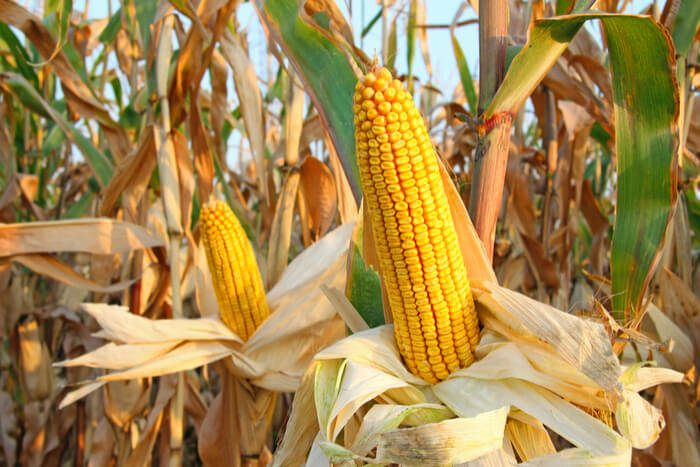
The third sub-variation is known as the super sweet corn which you will find abbreviated as sh2 on seed packets. If you are looking for the most delicious option available, this is it. You should note though that its kernels are the smallest of all sweet corn variations. They also tend to shrivel upon drying.
Choosing a variety will depend on what you like best in corn. You can also sample the different options to see what you love best. If none of the above appeals to you, dent corn is another option.
Dent corn also goes by the name field corn, and people don’t eat it when raw as much as they do sweet corn. You will find that in most cases, people feed it to animals or they can use it in the manufacture of processed foods. Growing this type of corn can come in handy where you wish to sell it to other farms or where you intend to use it on your farm.
You can also choose to plant flint corn which is not as common as sweet and dent corn varieties. It also goes by the name Indian corn and people mainly use it for decorative purposes. However, it also has other uses similar to those of field corn.
Engaging an expert in the selection process can help you decide on what’s best for you where you are unsure of what to grow.
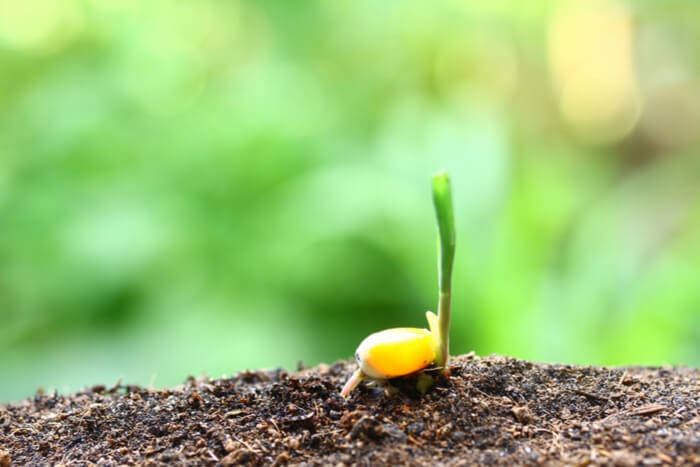
Soil Preparation
If you plan on growing the corn indoors, the time of the year will not be an issue as you can regulate the conditions in the wooden shed. For people planning on having the corns in the outdoors, you need to ensure that the soil temperature is at least eighteen degrees Celsius. Planting the seeds when the soil is cold can lead to rotting. Most experts advise on planting corn between May and June when temperatures are favorable to the germination of seeds. If you are unable to wait for the temperatures to increase, you can cover the chosen area with black plastic. Ensure that there are holes where the corns can pass through as they mature.
You should choose an area where there is adequate sunlight. In a garden shed, this would be toward the western or southern windows. Outdoors, it should be in a place that is free of trees for the most part. Open areas are best for corns. Also, ensure that you clear weeds from the site as corns find it hard to compete for nutrients with other plants.
Note that corns do best in soils that are rich in manure and nitrogen. If you have a site where you had previously planted beans or peas or other nitrogen-fixing plants, sow the corns here as they will do well. As for the manure, ensure that you add it into the soil at least two weeks before planting the seeds as this will be adequate time for incorporation to take place. Where you can use compost, opt to do so.
Planting
A successful corn plant will produce two ears so use this estimate to determine how many corns you will need during the year. The seeds should be at least an inch beneath the ground surface. You can increase the chances of success by having two or three seeds per hole.
Ensure that you leave three inches between the plants as well as twenty-four inches between the rows. There should be at least four rows as this will make wind pollination a breeze. A tip that helps regarding pollination is to have the plants in blocks as opposed to single rows.
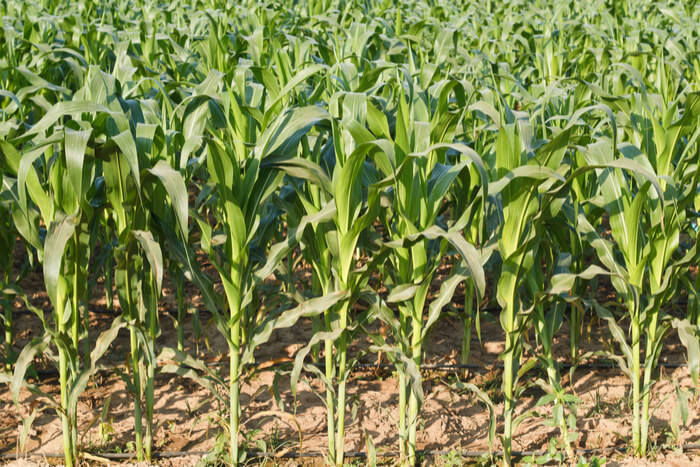
Where you plan on having more than one variety in the garden, be sure to have them in separate areas so that you minimize the risk of cross-pollination which results in tough kernels. Water the plants at the base with at least one inch of water per week. Where there is a need for more watering, ensure that you add water as lack of moisture leads to few kernels. Weeding should continue until the plants are at least twelve inches tall. From this point, they can compete with weeds for nutrients if you choose to stop weeding the garden.
Once the corns are ready for harvest, be sure to enjoy them immediately to get the most flavors out of them. Enjoy!

